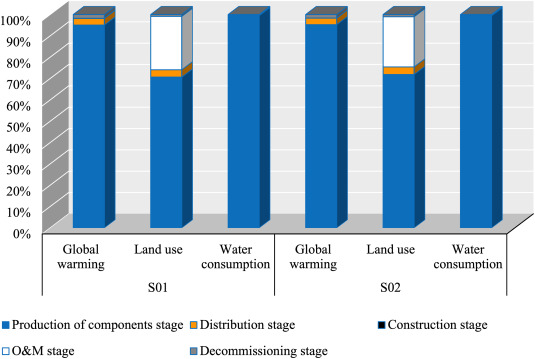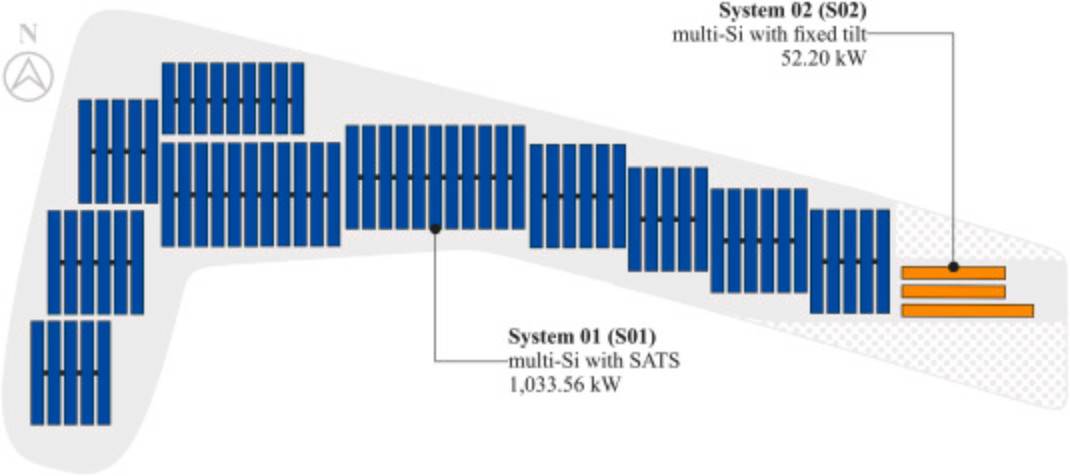From pv magazine Brasil
Scientists from the Federal University of Rio de Janeiro and the Brazilian Center for Electric Energy Research (Cepel) have analyzed the environmental impact of PV plants with single-axis trackers and fixed tilt trackers, using systems in northeastern Brazil as a case study.
The team analyzed two PV systems. The first (S1) has polycrystalline modules mounted on single-axis trackers, with a total installed capacity of 1,033.25 kW. The second (S2) consists of polycrystalline modules mounted on fixed-tilt trackers, with a capacity of 52.20 kW. The modules for the systems come from Malaysia. The study assumes that the trackers, inverters, and transformers are manufactured in Brazil.
The researchers used the life cycle assessment (LCA) technique to analyze the environmental impact. The team focused on three LCA categories: global warming, land use, and water consumption.
The LCA for systems S1 and S2 encompasses the production, distribution, construction, operation and maintenance (O&M), and decommissioning phases. It does not include the grid connection, electricity transmission, and consumption phases.
The researchers acquired figures on inputs and outputs from the international Ecoinvent database and processed in them with SimaPro 9.0 software. The LCA reflects the environmental performance of the systems in the production of 1 kWh of electricity.
“To quantify the difference between the environmental performances of the two PV systems for the generation of 1 kWh, we first calculated the difference between their performance with respect to each of the three categories in percentage terms,” the researchers explained. “We then averaged these results and obtained that the environmental impact associated with 1 kWh generation by S2 (with fixed tracker) is approximately 17% higher on average than that of S1 (with single-axis tracker).”
In particular, the impact of system S1 is 24% lower in the global warming category, 20% lower in land use, and 7% lower in water use. The S1 system emits the equivalent of a total of 44.64 g of carbon dioxide per kWh, with the production phase accounting for 95% of the emissions. Module production accounts for more than 70% of emissions, trackers for 17%, and electric motors for only 0.04%.
The researchers concluded using PV systems with single-axis trackers should be prioritized in Brazil, despite their higher cost,” the scientists said. “The deployment of this more costly technology “can be supported by public policy … through economic incentives.”
The researchers published their findings in “Environmental lifecycle-based analysis of fixed and single-axis tracking systems for photovoltaic power plants: A case study in Brazil,” in Cleaner Engineering and Technology.

This content is protected by copyright and may not be reused. If you want to cooperate with us and would like to reuse some of our content, please contact: editors@pv-magazine.com.



So, what the heck is a “fixed-tilt tracker”? This study is interesting but not convincing. More data, bigger projects, please!